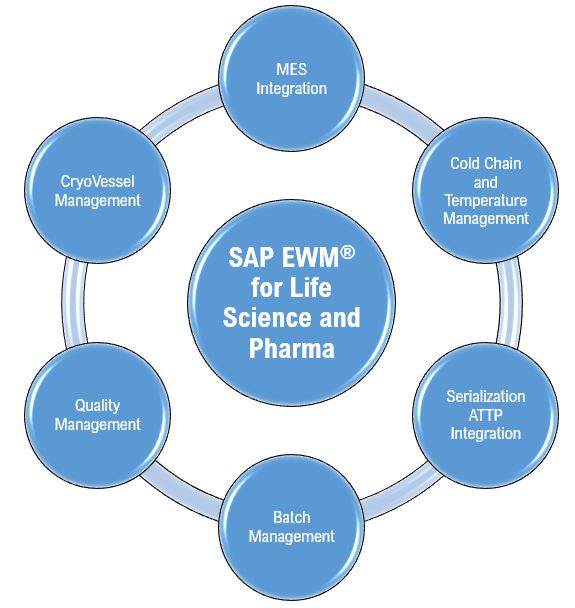Sustainability goals, sustainable development, conserving the environment, social equality, sustainability governance – are a few of the phrases we have been hearing with greater frequency in recent years. While the meaning of ‘Sustainability’ is commonly understood, some questions that need explaining, include:
- Why is it being talked about so much at the global level?
- How does it relate to business practices?
- Aren’t the expectations contradictory to the primary objective of any business which is ‘making profit’?
- What is ‘the people’s role in it?
This 3-part blog series aims at clarifying some of these questions, sharing some nuances with reference to ESG challenges within the CPG industry, and discussing possible improvement avenues within the SAP landscape.
The first in the series attempts to capture the essence of Environment, Social & Governance (ESG) or sustainable business practices as they have taken shape over time.
The evolution of ESG
About mid-20th century, people from around the world started realizing that various business practices, adopted by focusing on immediate benefits, were, in fact, causing long-term ill-effects on the environment and society, at large. There was a need to acknowledge and devise a plan to mitigate this impact. Businesses, along with the concerned authorities and people (workforce, consumers etc.) needed to give due consideration to this all-embracing, momentous issue.
As a response, the UN World Commission on Environment and Development (WCED) was established in the 1980s. It formally defined Sustainable Development as “development which meets the needs of the present without compromising the ability of future generations to meet their own needs.”
In 1994, the concept of 3 Ps evolved, addressing People, Planet and Profits together for sustainable business growth. This was formalized with the introduction of the ESG approach – Environment, Social & Governance – the then UN Secretary General Kofi Annan noted in the ‘Who Cares Wins’ report that factoring in ESG performance into capital markets would result in improved social outcomes.
As the concept gained momentum, many countries adopted the Sustainable Development Goals (SDGs) to promote global actionizing to end poverty, protect the planet and ensure peace and prosperity for all. This meant including ESG goals and activities at the organization or business level.
The 3 dimensions of ESG explained
Environment
It refers to how businesses interact with the natural environment and the impacts created as a result. It addresses issues around global warming, climate change, renewable energy, waste management, water management, sustainable sourcing etc. This dimension of ESG relates to efforts by companies toward phasing down coal power, phasing out fossil fuel subsidies, scaling up climate finance, reducing GHG emission, and promoting renewable energy and carbon offset projects etc. Measures like afforestation, conservation of wildlife species and habitat etc. help address biodiversity loss and its negative effect on the natural ecosystem.
Social
This dimension refers to the impact of a business on its various stakeholders such as employees, business partners, local communities, and government entities. It addresses issues pertaining to:
- Human rights across the entire supply chain, including economic, cultural, social, and civil and political rights
- Employee engagement and well-being through capacity and competency building, inclusivity and diversity, occupational health and safety, and equality and fairness
- Community engagement entailing participation and collaboration between businesses and the communities in which it operates. It is a continuous process of relationship building and nurturing with a shared sense of responsibility and commitment. It is measured on aspects of ethical community interaction, local development, environment-focused initiatives within the community.
Governance
This dimension refers to business interactions being transparent, ethical and compliant with applicable regulations. It addresses aspects like anti-corruption, anti-bribery, diversity etc.
Organizations can refer to a number of voluntary frameworks to track, control and report their ESG performance. For example, the World Economic Forum has identified universal ESG metrics to be reflected in the annual report. The IFRS framework connects the financial statements and sustainability relevant financial disclosures.
Considered in a nutshell, ESG is a tool to assess all possible risks and rewards associated with a company’s business based on its Environmental and Social impact, tracked using a well-defined Governance process.
As we are talking about CPG industry in particular, we leave you with some questions pertinent to these industries:
- What are the focus areas for CPG industries when defining Sustainable Development Goals (SDGs)?
- What challenges do they face while executing their ESG strategy?
- How can their IT systems support these organisations to formulate, track and improve their ESG performance?
Continue reading the next two parts of this blog-series in which we dig into these aspects and offer more insights. For a consolidated viewpoint on sustainability and the role of SAP-based solutions in achieving ESG targets, do check our Point of View titled, “Driving the ESG Agenda with SAP in the CPG Industry‘ .











